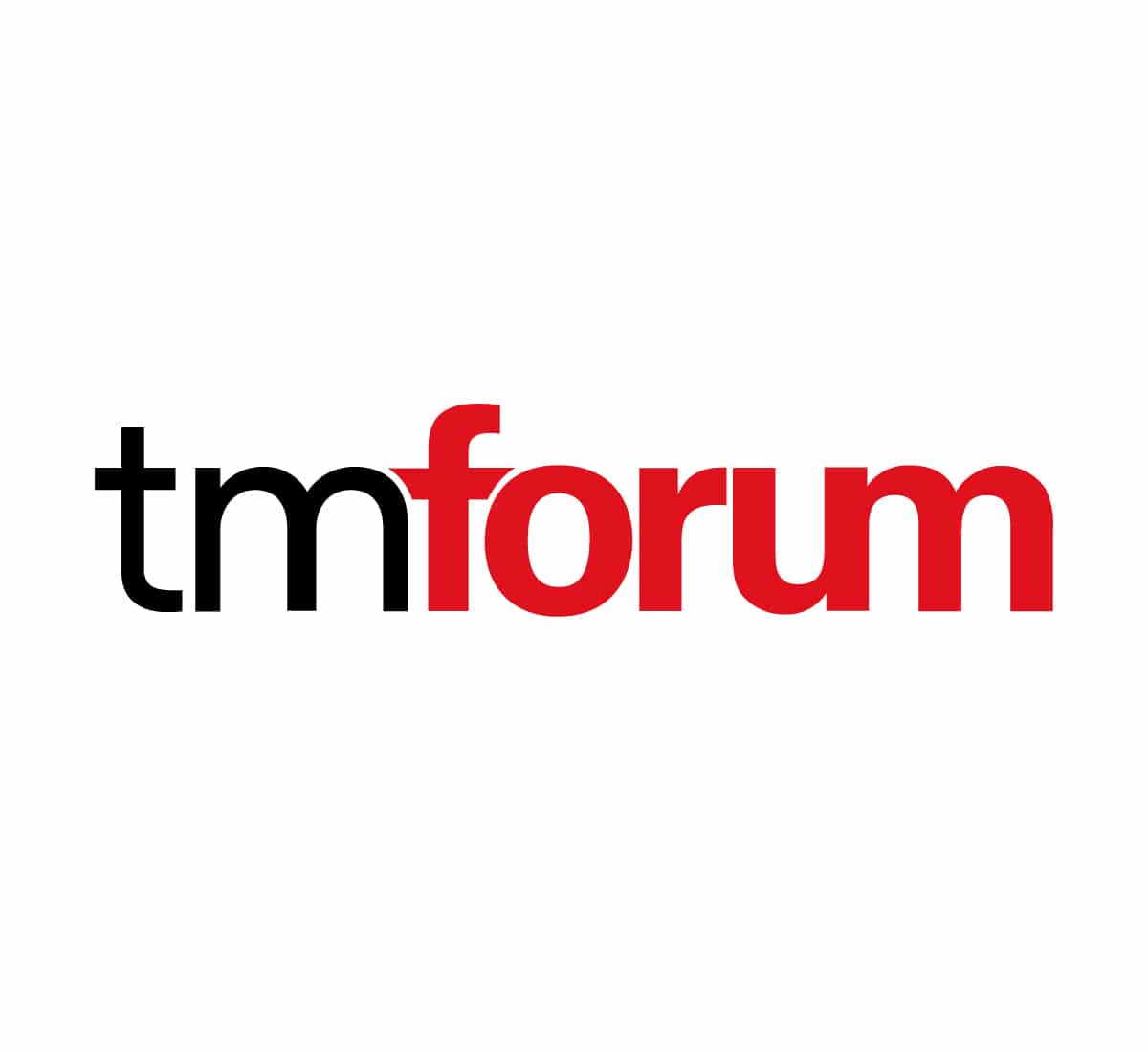Empowering Enterprises with Tailored 5G Connectivity: How Business Priorities Shape Connectivity Decisions

The evolution of 5G technology has opened new opportunities for communication service providers (CSPs) to offer businesses tailored, differentiated connectivity solutions that align with the specific needs of the enterprise. A new Catalyst initiative explores how CSPs can provide enterprises with greater control over their 5G connectivity, ensuring that businesses can move critical workloads onto the CSP’s 5G network with the necessary security, data sovereignty, and management capabilities. This approach, which focuses on the enterprise’s business priorities, is essential for ensuring the seamless integration of 5G solutions into enterprise operations.
The Catalyst initiative builds upon the foundational work of previous phases, particularly The Aviator, which investigated the adoption of 5G technology within the aviation industry. Through closed-loop automation, the team demonstrated how CSPs could flexibly design, deliver, and optimize 5G services based on predictive insights, automatically reallocating network resources to meet changing demands and restoring settings once congestion was alleviated.
Business-Level Control Over Connectivity
BT Group and JT IoT, the key proponents of the Catalyst, sought to explore how CSPs could best provide enterprises with varying levels of control over their traffic on the CSP’s network. This control would empower enterprises to manage their network traffic in a way that supports their business goals, such as optimizing customer experience, complying with regulations, and achieving operational efficiencies. Crucially, the business intent driving these decisions is often rooted in the enterprise’s internal data and applications, which are not directly visible to the CSP.
To achieve this, i2i Systems, MYCOM, OSI, and Oracle Communications collaborated on a solution that applies an intent-based business approach, using business policies and parameters to determine outcomes in different scenarios. This solution allows businesses to exercise control over network behavior according to their specific needs, without needing to deeply integrate with the underlying network infrastructure.
Scenarios Demonstrating Enterprise Control
Two specific use cases highlight how enterprises can benefit from such control over their 5G connectivity:
- Enhancing Customer Experience During Flight Delays: In this scenario, an airport business owner responsible for the customer journey is empowered to adjust the 5G connectivity experience for VIP passengers during an unexpected flight delay. By adjusting business policy parameters, the owner can ensure that delayed passengers receive priority 5G connectivity, improving their overall experience and demonstrating customer loyalty.
- Optimizing Revenue-Generating Services: In this case, the airport business owner responsible for commercial operations can dynamically manage 5G network slices. The airport uses two distinct 5G network slices—one for operational needs and another for revenue-generating services. The business owner can trigger capacity shifts from the operational slice to the revenue-generating slice, based on real-time traffic data and business insights, to optimize airport revenue without compromising operational needs.
In both scenarios, enterprise insights, such as flight delays or revenue opportunities, are combined with real-time network data, allowing business owners to adjust connectivity parameters on the fly. This level of control helps businesses optimize outcomes, whether by rewarding loyal passengers or maximizing profits.
Key Benefits for CSPs, Enterprises, and End Customers
This Catalyst initiative demonstrates that three primary groups benefit from such advanced connectivity solutions:
- Communication Service Providers (CSPs): By offering enterprises more granular control over their 5G connectivity, CSPs can create a compelling, differentiated proposition that sets them apart from competitors and positions them as leaders in enterprise services.
- Enterprises: With greater business-level control, enhanced data security, and sovereignty over their 5G connectivity, enterprises are more likely to choose CSPs over alternative solutions such as private LTE/4G, private 5G, or Citizens Broadband Radio Services (CBRS). Over time, CSPs’ solutions offer a more cost-effective, scalable, and future-proof alternative, reducing the complexity and risk of managing separate networks.
- End Customers: Ultimately, the beneficiaries of these innovations are the enterprise’s own customers, whose experiences are enhanced by optimized 5G connectivity. Higher levels of customer satisfaction translate into increased loyalty, which benefits the enterprise’s bottom line—and, by extension, the CSP’s business as well.
The initiative’s success not only benefits enterprises and CSPs but also extends the scope of 5G connectivity to other stakeholders across industries, including service providers, cloud gaming companies, and consumers.
Industry Impact and Future Contributions
The Catalyst’s architecture is aligned with TM Forum’s Open Digital Architecture (ODA) and incorporates several of the Forum’s Open APIs. The team is also contributing to the development of a new Open API for policy management and propagation, which will further enhance the capabilities of CSPs and enterprise clients in managing 5G services.
In conclusion, this Catalyst underscores the critical role that business priorities play in shaping 5G connectivity choices. By empowering enterprises with more control over their network experiences, CSPs can create differentiated offerings that meet the unique needs of businesses and help drive the success of both enterprise customers and their end users.



